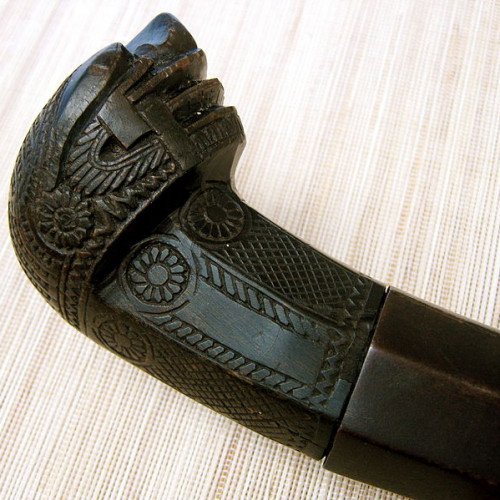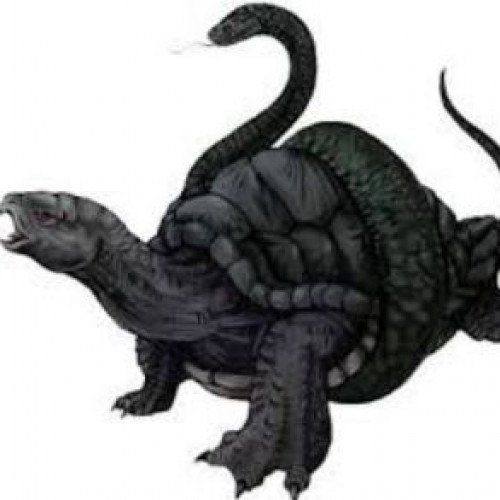Vote on Mythical creatures: Bakunawa vs Black Tortoise

Bakunawa
The Bakunawa is a serpent-like dragon in Philippine mythology. It is believed to be the cause of eclipses, earthquakes, rains, and wind. The movements of the Bakunawa served as a geomantic calendar system for ancient Filipinos and were part of the shamanistic rituals of the babaylan. It is usually depicted with a characteristic looped tail and a single horn on the nose. It was generally believed to be a sea serpent, but are also variously believed to inhabit either the sky or the underworld.Due to increasing trade contacts with South Asia and the Indianization of Southeast Asia, the Bakunawa later became syncretized with the Nāga, Rahu, and Ketu of Hindu-Buddhist mythology.
Statistics for this Xoptio

Black Tortoise
The Black Tortoise or Black Turtle (Chinese: 玄武; pinyin: Xuánwǔ) is one of the Four Symbols of the Chinese constellations. Despite its English name, it is usually depicted as a turtle entwined together with a snake. Furthermore, in East Asian mythology it is not called after either animal, but is instead known as the "Black Warrior" under various local pronunciations. It is known as Xuanwu in Chinese, Genbu in Japanese, Huyền Vũ in Vietnamese and Hyeonmu or Hyunmoo in Korean. It represents the north and the winter season, thus it is sometimes called Black Tortoise of the North (Chinese: 北方玄武; pinyin: Běifāng Xuánwǔ). In Japan, it is one of the four guardian spirits that protect Kyoto and it is said that it protects the city on the north. Represented by the Kenkun Shrine, which is located on top of Mt Funaoka in Kyoto. The creature's name is identical to that of the important Taoist god Xuanwu, who is sometimes (as in Journey to the West) portrayed in the company of a turtle and a snake.